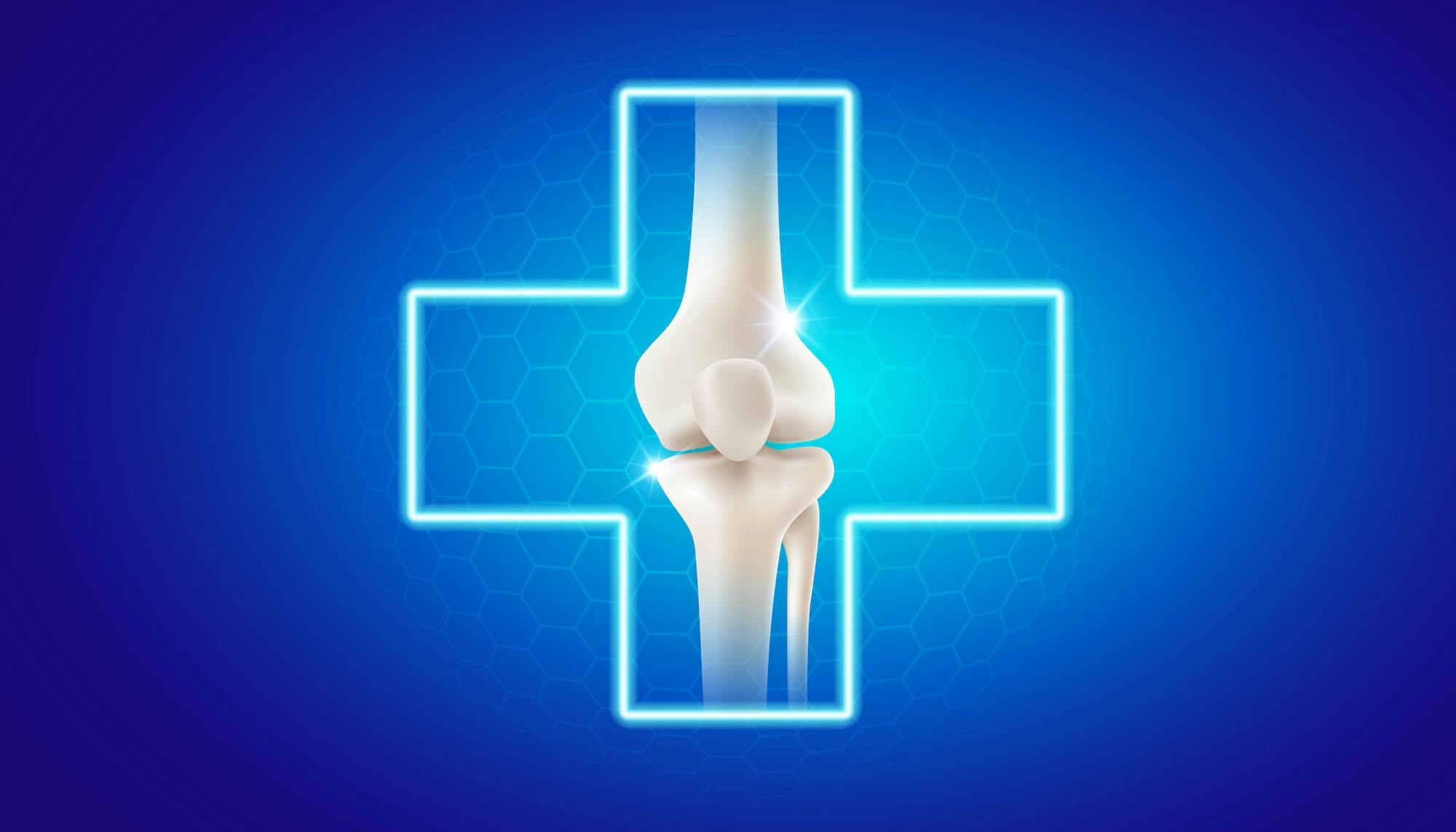- Blog
What You Should Know About Wrist Arthritis
Posted on 04-16-2025 in Wrist by Dr. Steven Kronlage

Posted on 04-16-2025 in Wrist by Dr. Steven Kronlage
Research from the National Library of Medicine states that one in seven people in the United States suffers from some form of wrist arthritis. That estimate indicates that just over 13% of the American population experiences discomfort, inflammation or limited range in motion due to this condition. As we usher in the month of May and recognize National Arthritis Awareness Month, we want to emphasize wrist arthritis and provide an overview of the condition, symptoms to be aware of, treatment options, and tips for managing its symptoms.
Arthritis can be divided into three primary categories: Osteoarthritis, Inflammatory Arthritis and Post-Traumatic Arthritis. Osteoarthritis is most commonly recognized as the “wear and tear” damage that occurs over time in our joints. As we age, we are less able to repair and withstand damage to our cartilage, which looks like the inside of a coconut—soft, slick and slippery. Chronic damage to this tissue causes osteoarthritis.
As the name implies, Inflammatory Arthritis is the result of an excessive inflammatory response inside the joint. This over-the-top response can be caused by an overactive immune system (e.g., Rheumatoid Arthritis or Lupus), a buildup of uric acid or calcium crystals in the joint (e.g., gout or pseudogout), or following an infection.
Post Traumatic Arthritis is associated with a traumatic physical injury. This form of arthritis arises from excessive cartilage damage at the time of injury and can be a result of inadequate reduction of the articular surface at the time of injury.
Although the wrist is not a weight-bearing joint, we rely on it heavily in our day-to-day lives. Wrist arthritis can affect many functions of daily life, which increases the importance of seeking a proper diagnosis and finding effective long-term treatments when symptoms first arise to avoid potential disability. As a result, it is crucial to know where the onset of symptoms can and may occur to prevent greater damage or minimize pain with non-surgical treatment. Often, this condition results from injury, normal wear and tear, or systemic disease. Typically, the most common symptoms patients experience surrounding the affected wrist joints are inflammation, swelling, pain, and stiffness.
Arthritis, in its many forms, has no cure available today. However, the current surgical and non-surgical treatments have proven to increase the overall quality of life for patients suffering from the condition. Non-surgical forms of treatment include over-the-counter medications, injections, and splinting. However, depending on the severity and type of arthritis, a surgical approach may offer a longer-term solution for sustained relief. Surgical treatment could include wrist arthroscopy; wrist salvage procedures, including partial joint replacement; and wrist fusion. We don’t recommend total wrist arthroplasty due to the significant complications associated with this procedure.
While wrist arthritis can be challenging, both in terms of diagnosis and management, our team of fellowship-trained surgeons, Dr. Steven Kronlage, Dr. Alex Coleman and Dr. James Piorkowski, are here to help. They focus on efficiently diagnosing and providing the most effective treatments possible for patients suffering from wrist arthritis and other conditions of the upper extremities. We offer on-site care in our Gulf Breeze and Pensacola locations and telehealth visits. State-of-the-art, on-site imaging and diagnostics are also available at both of our office locations to make visits as convenient as possible. Call 850.807.4200 or schedule an appointment online with us today.

March is National Nutrition Month®, and as part of the conversation, the North Florida Bone & Joint team wants to emphasize the impact diet can have on your bone health. Before diving in, it's essential to understand the role the skeleton plays in your body. Specifically, the skeleton—and the bones its comprised of—serve the following functions:

At North Florida Bone & Joint Specialists, we’re committed to delivering convenient, expert care throughout the Gulf Coast. As part of that commitment, we’re excited to announce the expansion of our clinical office footprint. In March, we opened two new locations in Milton and Navarre, FL, further enhancing our ability to serve patients across Northwest Florida.

Valentine’s Day is all about love—so why not show your joints some love, too? Whether you’re an athlete, an active adult, or simply looking to maintain mobility as you age, taking care of your joints is essential for long-term health and well-being. At North Florida Bone & Joint Specialists, we believe that self-care isn’t just about relaxation—it’s about making intentional choices to keep your body strong, pain-free, and resilient. Here are four self-care tips to keep your joints healthy and moving with ease: